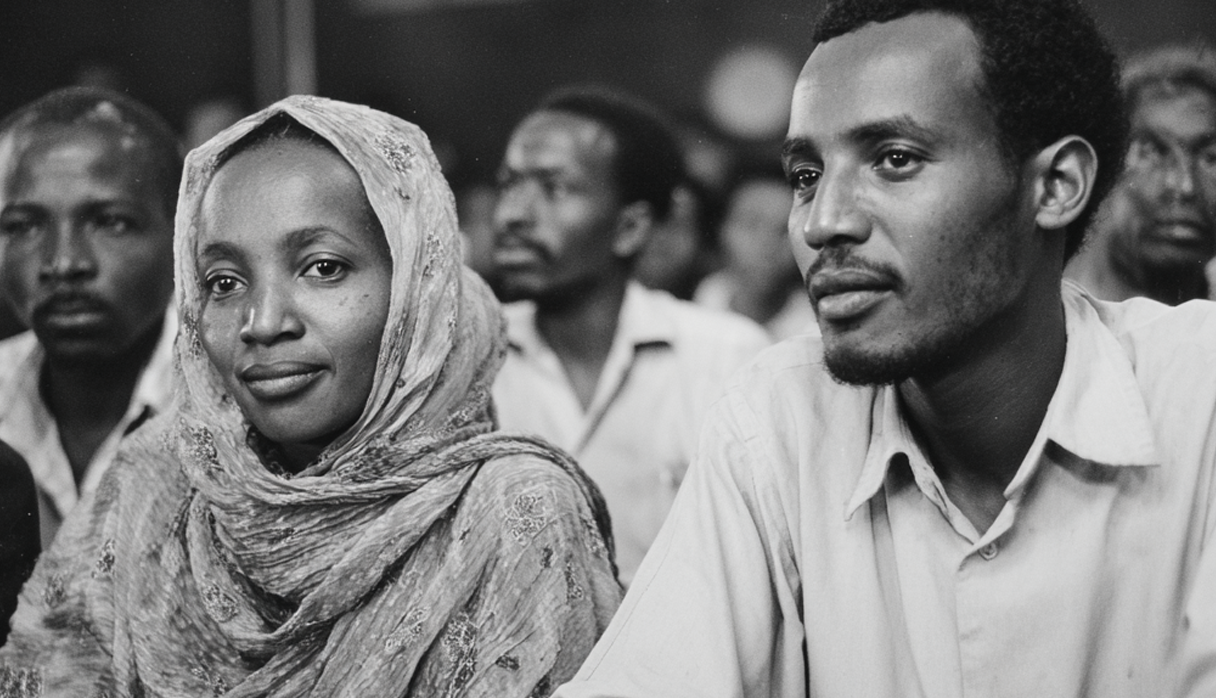Government and politics of Somalia


After independence in 1960, Somalia adopted a parliamentary system modeled on Western democracies. Multiple political parties emerged, though most were rooted in clan loyalties rather than ideological differences. The Somali Youth League, which had been central to the independence movement, became the dominant party. Governments sought to balance the distribution of political offices across clans, but corruption, nepotism, and constant competition for resources weakened the system. Political instability deepened, and in 1969 President Abdirashid Ali Shermarke was assassinated.
Soon after, the military staged a bloodless coup, led by Major General Mohamed Siad Barre. The new rulers abolished parliament and political parties, replacing them with the Supreme Revolutionary Council (SRC), a body dominated by military officers. Siad Barre quickly emerged as the head of state, promoting “Scientific Socialism” as the guiding ideology. The regime nationalized key sectors of the economy, imposed central control over the state, and introduced sweeping social reforms.
In 1976, the Supreme Revolutionary Council was replaced by the Somali Revolutionary Socialist Party (SRSP), which was presented as a civilian party but in practice remained under the control of the military elite. A new constitution in 1979 established a legislature, the People’s Assembly, but this body had little real power. Siad Barre was “elected” president in 1980, further consolidating his personal authority. At the local level, government structures were reorganized into regions and districts, initially governed by military officers and later by SRSP appointees. Although district elections were introduced in 1980, these offered little genuine autonomy or competition.
The legal system combined Western-style codes with elements of Islamic law. A four-tier court system, including the Supreme Court, was formally in place, but separate military courts handled cases involving political offenses or state security. In practice, the judiciary had limited independence, and human rights were frequently violated, especially in the years following the Ogaden War when repression of dissent grew harsher.
Somalia’s political life revolved around ideology and central control. Siad Barre promoted “Scientific Socialism,” a blend of Marxist-Leninist principles adapted to Somali culture and Islam. Decision-making was concentrated in his hands, and the media was tightly controlled by the state. By the 1980s, political appointments and power structures were increasingly dominated by Siad Barre’s Marehan clan and its allies, undermining earlier claims of national unity and anti-clanism.
Foreign policy was guided by the long-standing ambition of Greater Somalia—the dream of uniting all Somalis living in neighboring Ethiopia, Kenya, and Djibouti. This irredentist policy caused recurrent tensions and sometimes open conflict, particularly with Ethiopia over the Ogaden region. Somalia also pursued closer ties with the Arab world, joining the Arab League in 1974. During the 1970s, Siad Barre’s regime allied with the Soviet Union, allowing Moscow access to military bases. However, after the Ogaden War of 1977–78, when the Soviets backed Ethiopia, Somalia expelled Soviet advisers and realigned itself with the West and conservative Arab states. By the early 1980s, Somalia was receiving significant aid from the United States, Egypt, and Saudi Arabia, reflecting its strategic importance in the Horn of Africa during the Cold War.